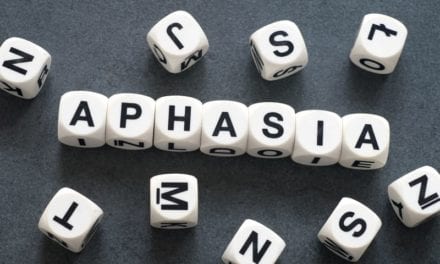The American Physical Therapy Association (APTA), Alexandria, Va, is urging patients with musculoskeletal pain to consider treatment by a PT, in light of a new federal survey showing that more than one-third of American adults and nearly 12% of children use alternative medicine—with back and neck pain ranking as the top reasons for treatment.
Results of the 2007 survey of more than 32,000 Americans were recently released by the National Institutes of Health’s National Center for Complementary and Alternative Medicine.
The APTA says physical therapy offers an evidence-based, time-tested solution to these common conditions versus alternative treatments.
A recent study published in the medical journal Spine found that when patients received up to six treatments of manual physical therapy and exercise experienced pain relief and were less likely to seek additional medical care up to 1 year following treatment.
“The Kaiser Foundation, for instance, recently found that more than half of all Americans are not taking prescribed medication and postponing needed medical care in an effort to save money," says Michael Walker, PT, DSc, OCS, CSCS, FAAOMPT, the study’s lead researcher.
Walker’s study compared the effectiveness of a 3-week program of manual physical therapy and exercise to a minimal intervention treatment approach for patients with neck pain. Study participants consisted of 94 patients with a primary complaint of neck pain, 58 (62%) of whom also had radiating arm pain.
Patients randomized to the manual physical therapy and exercise group received joint and soft-tissue mobilizations and manipulations to restore motion and decrease pain, followed by a standard home exercise program of chin tucks, neck strengthening, and range-of-motion exercises. Patients in the minimal intervention group received treatment consistent with the current guidelines of advice, range-of-motion exercise, and any medication use prescribed by their general practitioner. Patients did not have to complete all six visits if their symptoms were fully resolved.
Results show that manual physical therapy and exercise was significantly more effective in reducing mechanical neck pain and disability and increasing patient-perceived improvements during short- and long-term follow-ups. These results are comparable with previous studies that found manual physical therapy and exercise provided greater treatment effectiveness (Hoving et al, 2002) and cost effectiveness (Kothals-de Bos et al, 2003) than general practitioner care.




